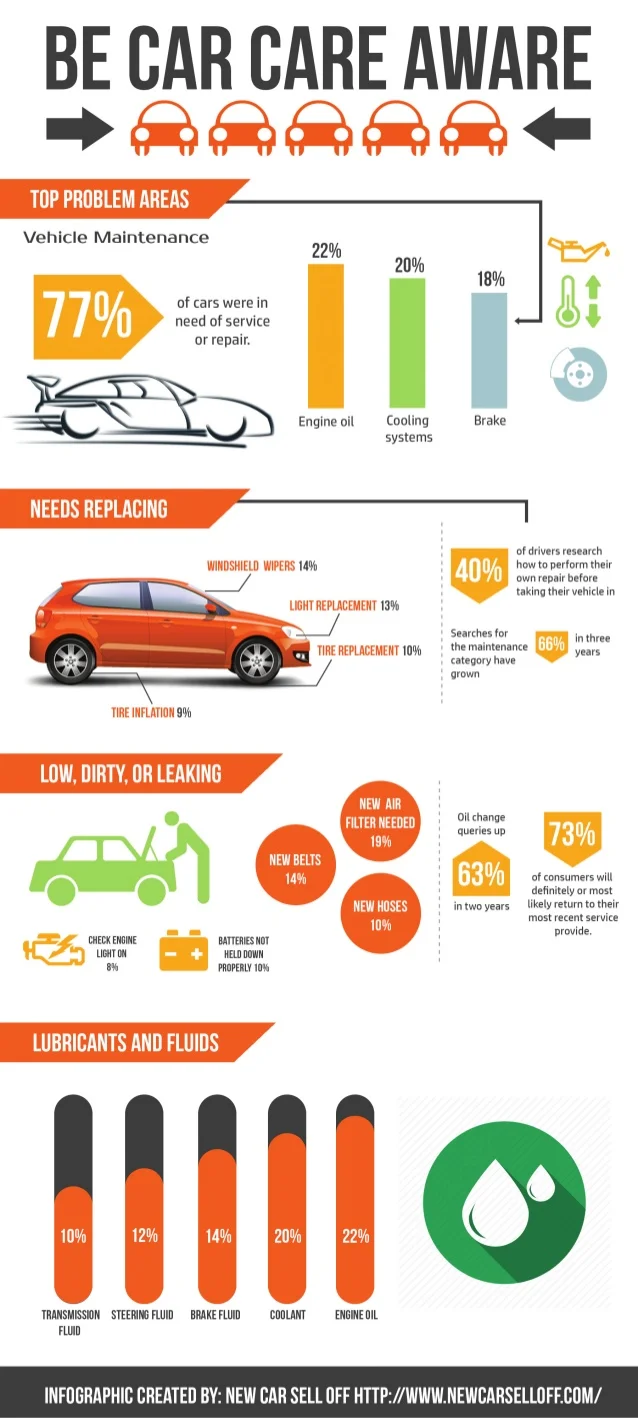Interpreting Your Automobile'S Alert Lights: Their True Ramifications
Interpreting Your Automobile'S Alert Lights: Their True Ramifications
Blog Article
Published By-Lim Winters
When you're behind the wheel, those glowing warning lights on your control panel can be a little bit difficult. Do you know what they're trying to tell you concerning your car's health? Recognizing the importance of these lights is important for your security and the durability of your vehicle. So, the following time among those lights turns up, would not you want to decipher its message accurately and take the needed steps to resolve it?
Common Caution Lighting and Interpretations
Recognize common warning lights in your car and recognize their significances to ensure safe driving.
The most typical warning lights include the check engine light, which indicates concerns with the engine or discharges system. If this light begins, it's important to have your car inspected quickly.
The oil stress cautioning light suggests reduced oil pressure, requiring prompt attention to avoid engine damages.
A blinking battery light could recommend a defective billing system, possibly leaving you stranded if not attended to.
The tire pressure surveillance system (TPMS) light signals you to reduced tire stress, affecting vehicle security and fuel performance. Disregarding car interior detailer might bring about dangerous driving problems.
The abdominal muscle light suggests an issue with the anti-lock stopping system, jeopardizing your ability to stop promptly in emergencies.
Lastly, the coolant temperature level cautioning light warns of engine overheating, which can lead to serious damage otherwise solved quickly.
Comprehending these common caution lights will aid you resolve issues promptly and preserve secure driving conditions.
Relevance of Prompt Interest
Comprehending the common caution lights in your cars and truck is only the very first step; the value of quickly attending to these cautions can't be emphasized enough to guarantee your safety and security when driving.
When a caution light brightens on your dashboard, it's your vehicle's way of interacting a potential problem that requires interest. Neglecting these cautions can result in much more severe issues later on, jeopardizing your safety and potentially costing you more in repairs.
Trigger attention to alerting lights can avoid failures and crashes. As an example, a flashing check engine light could suggest a misfire that, if left unattended, might trigger damage to the catalytic converter. Resolving this quickly can save you from a costly repair.
Likewise, a brake system cautioning light might signify low brake liquid or used brake pads, essential elements for your safety when driving.
DIY Troubleshooting Tips
If you see a warning light on your control panel, there are a couple of do it yourself repairing pointers you can attempt before seeking expert aid.
https://wgntv.com/news/chicagocrime/with-catalytic-converters-thefts-on-the-rise-replacement-parts-low-in-supply/ is to consult your auto's guidebook to comprehend what the details warning light suggests. Often the problem can be as straightforward as a loosened gas cap triggering the check engine light. Tightening the gas cap may fix the issue.
An additional typical issue is a low battery, which can activate different advising lights. Checking carwashinbotany for rust and ensuring they're secure may repair the problem.
If a warning light continues, you can attempt resetting it by detaching the automobile's battery for a few minutes and then reconnecting it. Furthermore, inspecting your car's liquid levels, such as oil, coolant, and brake liquid, can help repair alerting lights connected to these systems.
Conclusion
In conclusion, comprehending your vehicle's warning lights is important for maintaining your vehicle running smoothly and securely. By without delay dealing with these signals and recognizing what they suggest, you can prevent expensive repair services and potential malfunctions.
Remember to consult your car's manual for certain information on each cautioning light and do something about it appropriately to make sure a trouble-free driving experience.
Keep informed, stay safe when traveling!
